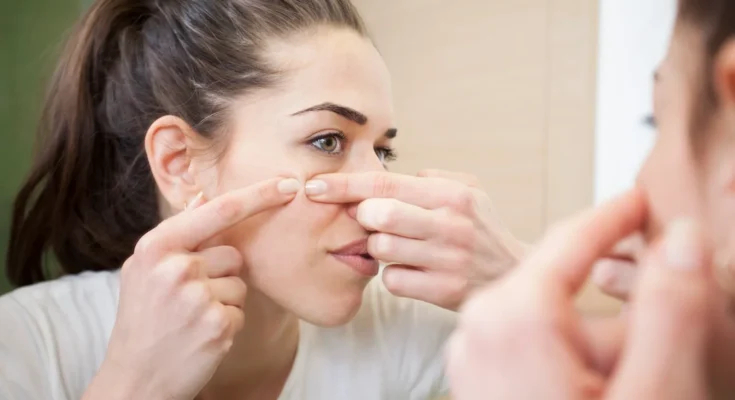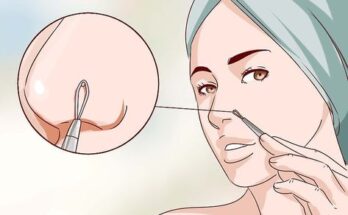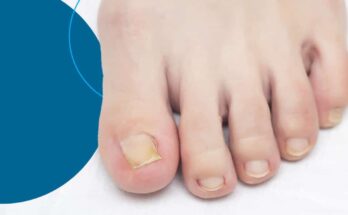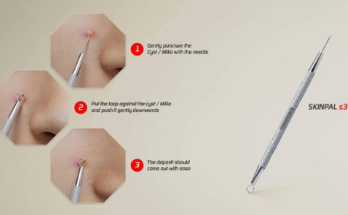Acne is one of the most common skin conditions, affecting millions of people worldwide, yet it remains one of the most frustrating to manage. From the initial outbreak to dealing with persistent scars, the journey to clear skin can feel long and challenging. However, in recent years, another aspect of acne treatment has taken the internet by storm — the strangely satisfying phenomenon of pimple popping videos. But what exactly is behind the allure of these videos, and how does one balance this obsession with proper acne treatment?
The Science of Acne: What You Need to Know
Acne is primarily caused by a combination of factors including excess oil production, clogged pores, bacteria, and inflammation. The main culprits behind this condition are:
- Excess Sebum Production: The sebaceous glands in our skin produce oil (sebum) to keep the skin moisturized. However, an overproduction of sebum can clog pores, leading to acne.
- Clogged Pores: Dead skin cells and excess oil can combine and get trapped in the pores, providing an ideal environment for bacteria to thrive, which leads to inflammation and the formation of pimples.
- Bacterial Growth: The bacterium Propionibacterium acnes (P. acnes) feeds on the excess oil in blocked pores. The infection can cause red, swollen pimples, and in some cases, cystic acne.
- Hormones and Genetics: Hormonal changes, especially during puberty, menstruation, or stress, can increase the production of sebum. Additionally, genetics can influence how prone a person is to acne.
To tackle acne, a combination of skincare routines, topical treatments, and in some cases, medications are used to keep breakouts under control.
Traditional Acne Treatment Methods
While the temptation to pop a pimple may seem satisfying to some, the reality is that squeezing pimples is usually detrimental to the skin. Here’s how acne is typically treated, and why patience is key:
1. Cleansing and Exfoliation
Proper skincare is the first step in preventing and treating acne. Use a gentle, non-comedogenic cleanser that doesn’t strip the skin of its natural oils. Daily cleansing helps prevent the buildup of excess sebum and dead skin cells that can clog pores.
Exfoliating once or twice a week helps remove dead skin and encourages cell turnover. Opt for exfoliants that contain salicylic acid or glycolic acid to prevent clogged pores.
2. Topical Treatments
Over-the-counter acne treatments containing ingredients like benzoyl peroxide, salicylic acid, and retinoids can help reduce inflammation, kill acne-causing bacteria, and promote faster healing of breakouts. Retinoids, in particular, can accelerate cell turnover, helping prevent new breakouts from forming.
3. Prescription Medications
For more severe cases of acne, a dermatologist may recommend oral medications such as antibiotics to reduce bacterial growth or oral retinoids like Accutane to tackle deeper, cystic acne. These treatments can have significant side effects and require careful monitoring.
4. Professional Procedures
In-office treatments like chemical peels, laser therapy, and extractions can help clear pores, reduce inflammation, and speed up the healing process for stubborn acne. Consult with a dermatologist to find the right treatment for your skin type and severity of acne.
The Psychology Behind Pimple Popping
Despite the advice to leave pimples alone, many people are irresistibly drawn to the act of pimple popping. The internet is full of videos showcasing professionals and enthusiasts popping pimples, blackheads, and even cysts. But why is this so satisfying?
1. The Instant Gratification
One of the most compelling reasons people enjoy pimple popping is the feeling of immediate relief and gratification. Watching the pressure build up and then seeing the content come out can feel like an instant fix to an irritating problem.
2. The “Reward” of Resolution
In human psychology, solving problems, even in the smallest of ways, triggers the release of dopamine, the “feel-good” hormone. Pimple popping provides a resolution to a visible, tangible problem — the pimple — and that sense of closure can be rewarding.
3. A “Control” Over Imperfection
For some, the fascination with pimple popping videos is rooted in a desire to control imperfections. Acne is often seen as an unsightly blemish that affects self-esteem, and watching the extraction of a pimple can provide a sense of empowerment, taking control over something that often feels out of control.
4. The ASMR Effect
Many pimple-popping videos fall under the category of ASMR (Autonomous Sensory Meridian Response), which can trigger a calming, relaxing sensation. The sounds of popping, squeezing, and the visual of a “perfectly” extracted blemish can evoke this response in some viewers, making it a comforting experience.
The Risks of Pimple Popping
While watching pimple-popping videos may be pleasurable, popping pimples on your own — or allowing others to pop them — is not recommended. Here’s why:
- Scarring: Squeezing a pimple can damage the skin and lead to scarring. When you apply pressure to a pimple, it can push the infected material deeper into the skin, which could cause further inflammation and potentially lead to a more severe breakout.
- Infection: By popping pimples, you risk introducing bacteria to the open wound, which can cause further infections. This may also exacerbate the acne problem.
- Delayed Healing: Squeezing a pimple doesn’t speed up its healing. In fact, it can prolong the healing process by aggravating the surrounding tissue.
- Hyperpigmentation: Post-inflammatory hyperpigmentation (dark spots) is a common consequence of improperly popping pimples. These dark spots can take weeks or even months to fade.
Healthy Alternatives: How to Manage the Urge to Pop Pimples
While the urge to pop a pimple is common, it’s crucial to resist the temptation and focus on proper treatment. Here are some healthier ways to deal with acne:
- Use an Acne Patch: Acne patches, which are infused with hydrocolloid, can help speed up the healing process and protect the pimple from external bacteria and irritation.
- Spot Treatments: Apply a targeted spot treatment containing ingredients like salicylic acid or benzoyl peroxide to help dry out the pimple and reduce swelling.
- Cold Compress: If a pimple is particularly inflamed, applying a cold compress can help reduce redness and swelling, giving you some temporary relief without the need to squeeze.
- See a Dermatologist: If you have persistent or severe acne, it’s worth visiting a dermatologist who can offer personalized treatment options and help prevent future breakouts.
Conclusion: Acne Treatment and the Pimple-Popping Paradox
Acne is a common, but often misunderstood, skin condition. While various treatments exist to help manage and treat acne, the temptation to pop pimples remains ever-present. Although it may seem satisfying in the moment, popping pimples can cause long-term damage and worsen the condition.
The key to managing acne lies in consistency, the right treatment plan, and the patience to let the skin heal naturally. And while pimple-popping videos may provide momentary satisfaction, remember that the best path to clear skin is through healthy habits and proper acne care.
If you’re dealing with persistent acne, consulting a dermatologist is the best approach. With the right advice and treatment, you can achieve clearer, healthier skin — without the need for a pop!



